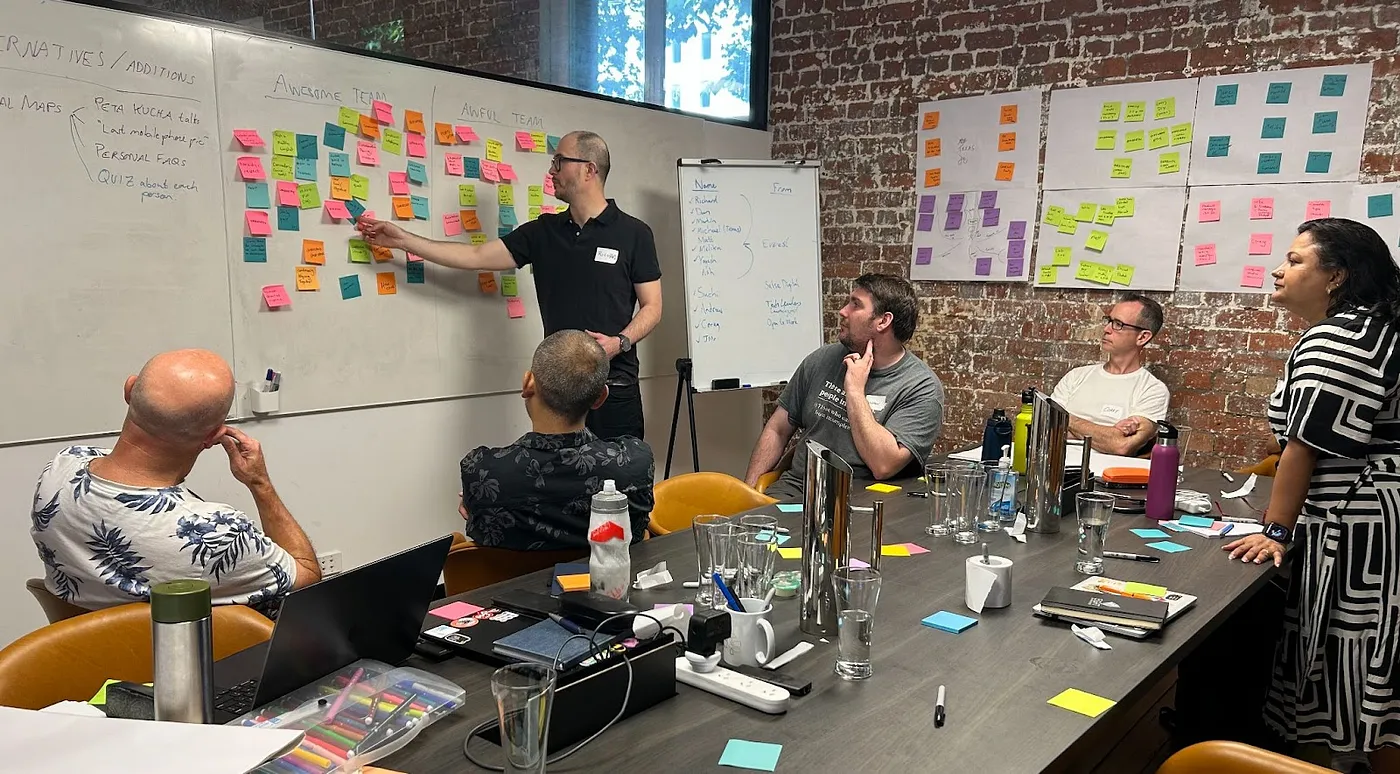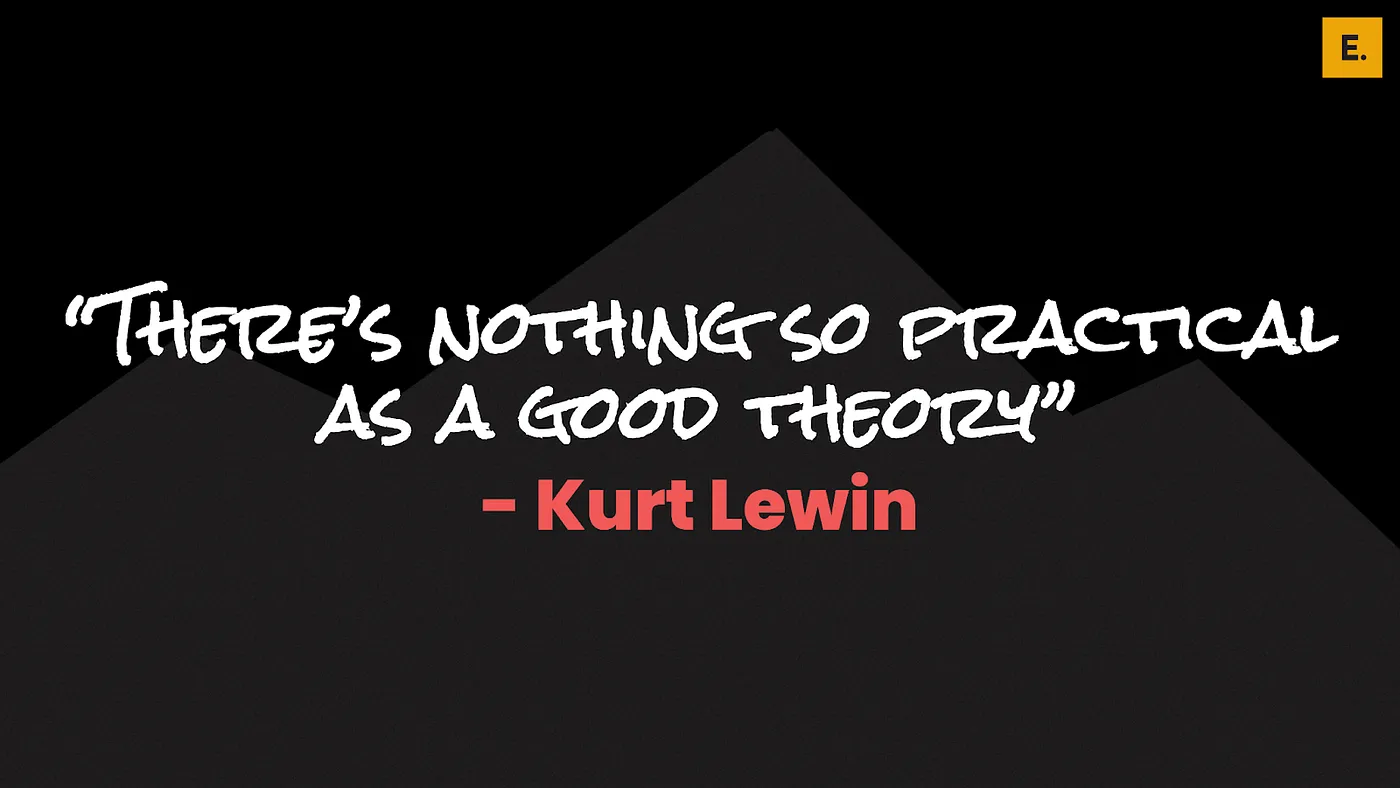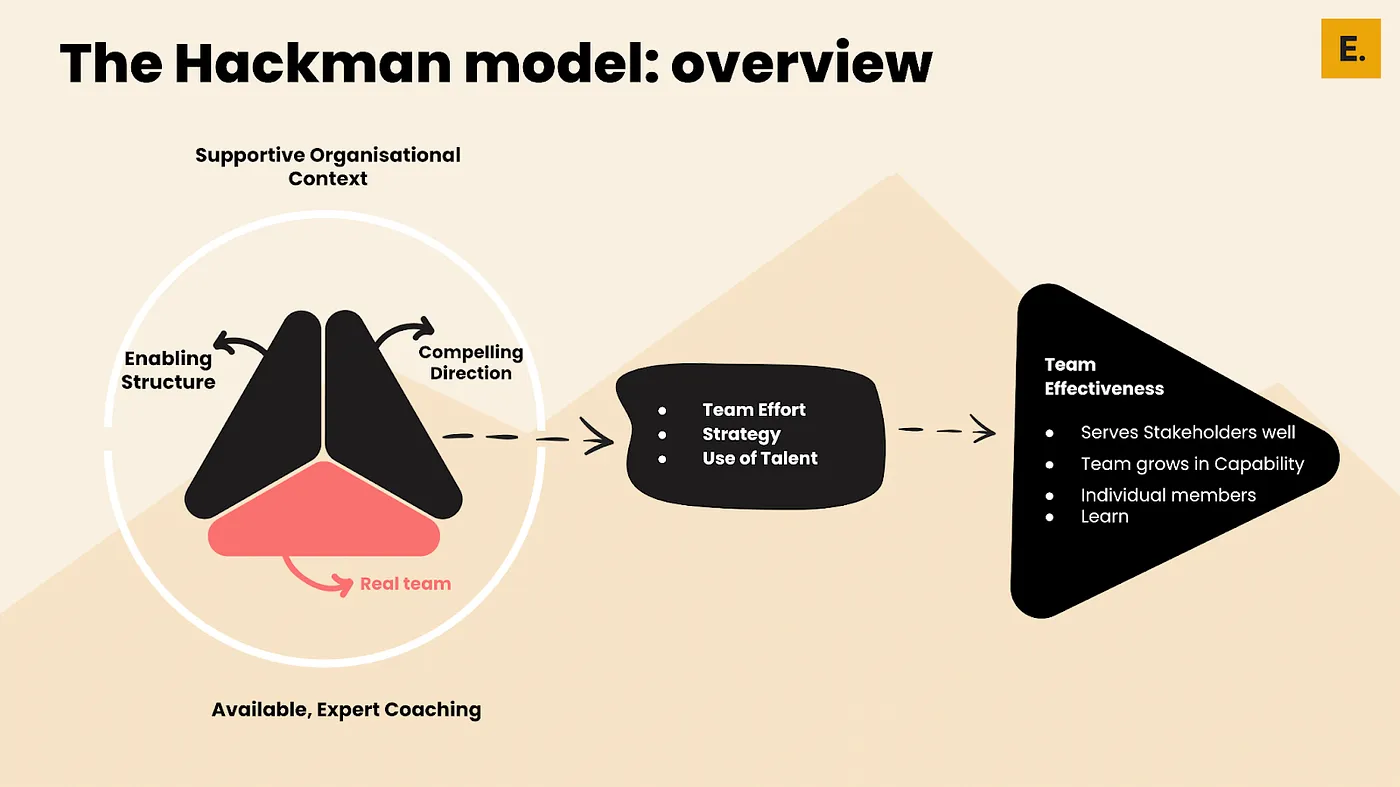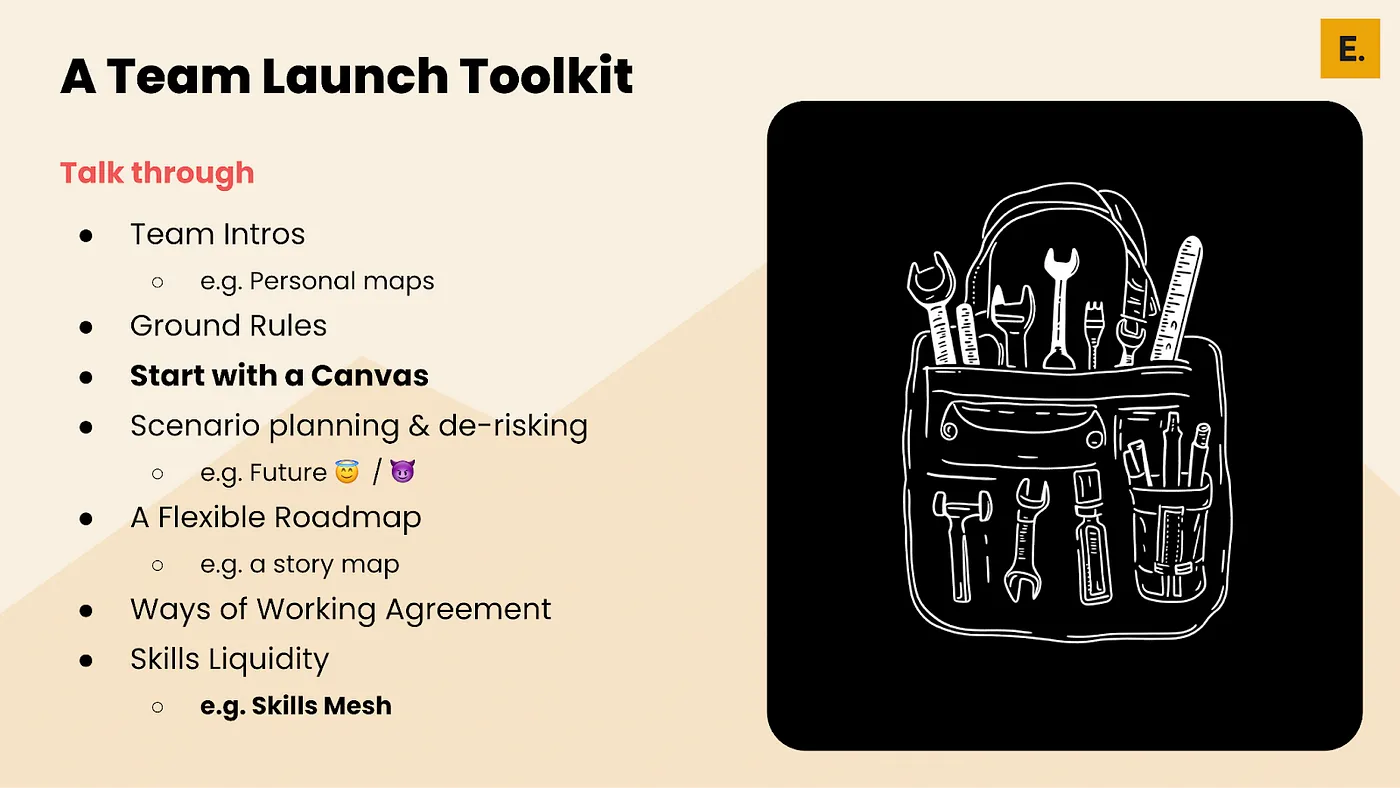Insights from Everest Engineering’s Team Launch Workshop
Projects, Products, Change endeavours, Consulting engagements. They all require groups of people — Teams — to come together to produce a shared outcome that could not be achieved by individuals alone. When I launch a team I have methods and approaches that work for me but I’ve never explicitly learned ‘why’… i.e. why do some of my methods work, and what else can I do to improve the odds of setting up effective teams?
Which is why I was excited to be involved in a new one day workshop we are creating here at Everest Academ ' Lanuching and leading High performance(Effective) Teams'. This is a new course, bringing together the collective wisdom of Richard Parton, Dan Prager in an approach and toolkit of our good practices in the team launch space. A one day workshop, in-person at Everest’s offices in Melbourne, I’d call it a ‘learn by sharing’ session.
This article aims to give a taste of the workshop and its concepts after they have percolated through my lens of experience. Interested in learning more about successfully launching teams? Read on…
Often when we start a new team there is a spark of excitement — of potentiality — humming in a bunch of people who have not worked closely together before. Finding common ground, deepening ties and just getting to know each other a little more is a great way to capitalise on this enthusiasm. There is a lot of science behind this that Richard eloquently explained but in short the deeper we connect, the more able we are to empathise, trust and be authentic which is extremely helpful when we are inevitably challenged, personally and collectively. In the ‘in-person’ days, kickstarting connection was helped by water cooler conversations, lunch runs, coffee trips and the like. In our post Covid ‘mostly remote’ world it helps to kickstart things with a specific session.
In the workshop we started with Personal Maps, Everest’s preferred approach. Derived from the Management 3.0 practice, it helps team members get to know each other through creating a mind map of various aspects of one’s life. I’ve used this technique previously and was again astounded by the variety of interest in peoples lives and the common ground shared.
It’s worth noting Personal Maps is just one of a universe of ‘getting to know you’ options out there. PechaKucha, ‘last mobile phone pic’, personal FAQs, and ‘5 photos’ were all shared by attendees as other helpful techniques.

The workshop led me to reframe what exactly we are aiming for when we launch a team, i.e. what exactly is an effective (or high performing?) team? I thought it was a team that delivered Synergy, where the team becomes more than the sum of its parts… 1+1=3. But there is more than that, a lot more. In the workshop we crowd sourced what an ‘Awesome Team’ is and came up with something like:
I found this particularly insightful. The three major elements of stakeholders, team and individual really resonated with me. If we index for just one or two of these we end up with unintended consequences that often play out over time. Richard shared a very personal and touching story of his first project where stakeholders were served well but the team and individuals did not grow… or want to work together again! An effective or high performing team really needs to display all three of these characteristics.
We discussed ‘providing value to stakeholders’ at length as a group. Getting the job done, meet the spec, hit the objective or timeline often aren’t enough. Serving Stakeholders well is really what the team is about, and is how the team deals with the sometimes impossible, the unrealistic.
One thing I was looking for out of the workshop was a mental model to help contextualise my experience; a helpful mental model to frame the big ideas.

Therefore, it was particularly satisfying to see characteristics of an effective team we collectively derived in the workshop being pretty much aligned to the outcomes in Hackman’s Model for teaming as defined in ‘Leading Teams. Setting the Stage for Great Performances’ (Harvard Business Press, 2002). Rich and Dan steered us a little but it did show how our collective wisdom was on the right track!

Hackman — This was the model I was looking for (Star Wars pun intended). I could immediately think of examples — good and bad — for all of the ‘ingredients’. The five Enabling Conditions (left circle), the Dynamic Elements (centre) leading to the Team Effectiveness outcomes already identified. Seeing how one of the leaders of research on team effectiveness has developed a model to contextualise ‘setting the stage for great [team] performances’ (Hackman, 2002) was fascinating. We shared stories and used this model in various ways to think about the ‘moves’ we make next for our team or situation.
This wasn’t the only big idea examined. The Heart of Agile by Alistair Cockburn — one of the signatories of the original Agile Manifesto and a friend of Everest — was also positioned as another lens for teaming. A special mention should also go to the PERILL Model by David Clutterbuck which we also use at Everest. The Diagnostic is particularly helpful and can be found here.
So how do models like Hackman translate to practical activities and tools for launching teams? This is where we examined the Everest team launch toolkit by walking through an online board for team startup and diving into the Futurespective and Canvas in more detail.

Of course you can do more than what is listed above during team launch but this list should be considered to minimum to ensure the team loads up on Hackman’s Enabling Conditions:
A specific, challenging, and meaningful goal that motivates the team
The team’s reason for being — the ‘why’ — is crucial to direct and motivate a team. Often coming from a sponsor, founder or innovator with a sprinkle of ‘what’, this is the teams core challenge or problem to solve. A Project or ProductCanvas and a flexible roadmap are key tools to get the ‘why’ (+ more!) down and create a shared understanding of goals and direction. A Futurespective can also really help crystallise direction with the side benefit of generating risks / pitfalls to avoid!
A clear, stable group with defined boundaries and interdependent members
Personal Maps and Ground Rules Help coalesce the team as a cohesive unit and create the conditions for interdependence. I also like to map out the interconnections between the team and the rest of the organisational to reinforce what is internal and external to the team’s boundary.
Well-defined roles, tasks, and norms that support effective teamwork
Its important to be clear on how the team operates — in terms of both values and actions. Having a collectively developed Ways of Working agreement to set norms of the team is the most inclusive way to cover this off. You can use any modern ‘Agility’ based teaming approach as a starter set for your enabling structure such as Agile, Scrum, Lean Flow etc (note this is a vast topic and probably the subject of a future article!). Our starter set covers: Ceremonies & Collaboration, Time Alignment, Tools, Decision Making, how we Inspect & Adapt, Planning aligned to 2 week sprints or continuous flow.
One last tip from Dan regarding Team Norms is that it’s worth agreeing what happens when inevitable ad-hoc requests flow in that don’t match the the team’s defined direction. Do you re-direct, reject or de-prioritise other work?
Adequate resource, training and organisational backing for team success
Having the right staff and skills is crucial but it can be hard to have the right skills, or even know what the right skills are on day one. That’s why assessing skills with tools such as the Skills Mesh is useful to help a team shape learning needs to best serve the team and keep individuals motivated across the endeavour.
It’s also worth spending time defining dependencies on other teams’ and agreeing on the approach for getting support in a timely manner. Direct communication, requests in a backlog, planning as part of a quarterly process — the need, approach and rough lead times should be agreed.
Skilled guidance to help the team navigate challenges and improve performance
With the complexity of today’s world and the systems we build, nobody knows everything. Nobody can know everything. Being open to new ideas and help is therefore a core part of an effective team’s DNA, an essential ingredient to effectively serve stakeholders. Access to experts in whatever guise is essential for team performance. Coaches, Delivery Managers, Mentors, Leaders — whatever construct you have in your business — make sure teams have access to skilled guidance.
In the workshop we discussed how long to spend on team launch, particularly in light of the volume of recommended tools. I’ve personally experienced the exercise dragging on and people losing interest. Dan suggested keeping things sharp and having a weekly slot for these to get them all done in the first couple of weeks (excluding skills mesh). This could look like:
One option is to use a regular slot like a weekly or fortnightly retrospective for some or all of these. It’s a good idea to retro weekly early on anyways. This is where some common sense comes in, you will need to adapt this to your team and situation. Good luck..!
Attending the workshop really helped me crystallise my thoughts on how to start and lead effective teams. Here’s what I’m doing next, how about you..?
Use the Team Launch Toolkit first time, every time
Sowing the seeds for success in a team starts with the Enabling Conditions. Use the toolkit, its something we should all be packing. You don’t have to, but you will wish you did once your team (inevitably) gets into choppier waters!
Share the Hackman model to explain the ‘Why’
Manage any resistance to investing time in team startup by leaning on Hackman and the science behind why we are doing these things… why they are important. The model does a great job of contextualising what it takes to create an effective team.
Use the toolkit at key Team ‘moments’, not just starting
Starting is just one of a number of ‘key moments’ in the life of a team. Change of Stakeholder, change of team members, when things are going badly, at the midpoint and nearing a key milestone — moments where there is change or a last chance to course correct are good times to dig into this toolkit.
For example doing a Futurespective at a mid-point is one of Dan’s ‘power moves’. By this stage the team has plenty of experience to draw on and there is still enough time to make a substantive action if required.
Share experiences & learn together
Sharing stories and personal perspectives in the workshop was really helpful and broadened my horizons beyond the content of the course. It’s not often that a bunch of people who start and lead teams get together, we are usually spread around organisations or one of a kind in a team. I will continue to connect, share and learn.
Thanks to Richard & Dan and all the attendees of the workshop for such an insightful and interesting day. Everest are planning on running the session again in future, keep an eye out here if you are interested. It would be helpful for all levels of experience and I wish I did this before leading my first team back in 1999.
